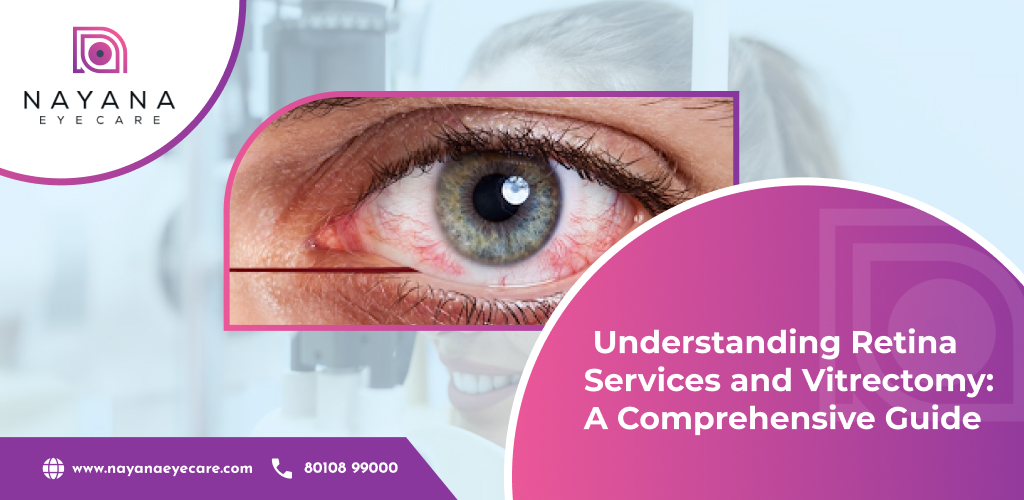The retina is a crucial part of the eye, responsible for converting light into signals that the brain interprets as images. However, various conditions can affect retinal health, leading to vision problems or even permanent blindness if left untreated. Advancements in ophthalmology have made it possible to treat many retinal disorders effectively. One such treatment is vitrectomy, a specialized surgical procedure used to address several retinal and vitreous conditions.
What is Vitrectomy?
Vitrectomy is a surgical procedure where the vitreous gel inside the eye is removed to provide better access to the retina. This allows ophthalmologists to repair retinal damage, clear obstructions, and restore vision. It is often recommended for conditions such as retinal detachment, vitreous hemorrhage, macular hole, and other retinal disorders.
Common Conditions Treated with Vitrectomy
1. Retinal Detachment
Retinal detachment is a serious eye condition where the retina separates from the underlying tissue, causing vision loss. This can occur due to aging, trauma, or other retinal diseases. Vitrectomy helps reattach the retina and prevent further complications.
2. Vitreous Hemorrhage
This condition occurs when blood leaks into the vitreous gel, often due to diabetic retinopathy or retinal tears. It can cause blurry vision and dark spots in the field of view. A vitrectomy is performed to remove the blood and restore clear vision.
3. Macular Hole
A macular hole is a small gap that forms in the macula, the central part of the retina responsible for sharp vision. It can lead to distorted or blurry vision, particularly when reading or recognizing faces. Through vitrectomy, the hole can be closed, allowing the macula to heal.
4. Epiretinal Membrane
Also known as macular pucker, this condition involves a thin layer of scar tissue forming on the retina’s surface. It can cause vision distortion and blurriness. Vitrectomy helps remove the membrane, improving vision clarity.
5. Dropped Nucleus
During cataract surgery, the lens nucleus may accidentally fall into the vitreous cavity. This condition, known as a dropped nucleus, can lead to inflammation and discomfort.
6. Scleral Fixation of Intraocular Lens (IOL)
When a lens implant becomes unstable or dislocated inside the eye, scleral fixation of an IOL is performed. This technique secures the lens to the sclera (the white outer layer of the eye) to maintain stable vision.
7. Iris Fixation of Intraocular Lens (IOL)
In cases where traditional lens implantation methods are not possible, iris fixation of an IOL is an alternative. This procedure involves attaching the intraocular lens to the iris to ensure proper positioning and improve vision.
Conclusion
Retinal disorders and vitreous complications can significantly impact vision and quality of life. Fortunately, with advancements in surgical techniques like vitrectomy, many of these conditions can be effectively treated, helping patients regain clear and healthy vision. If you experience sudden vision changes, floaters, flashes of light, or blurriness, consulting an ophthalmologist at the earliest can be crucial in preserving your eyesight. Contact Us


